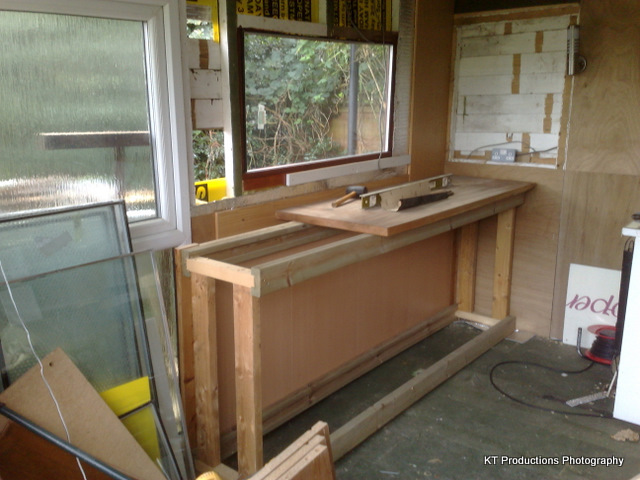Hi,
I wonder if I could ask some advice.
I have a prefabricated garage, concrete panel type bolted together, that I want to convert into some sort of workshop, I'm only a DIYer so it's only somewhere to tinker around in (and somewhere to hide from the wife in the winter) as I can't really get the car in so thought I would use the space.
I don't mind spending a few quid on it as I'm going to insulate it with Kingspan or something similar (may be on later asking advice on this!) and board it, however looking at the window, it's seen better days.
It's the one that originally came with the garage, cheap as chips, only looks like 2 x 2 softwood with the glass puttied in, so before boarding things up it will need to be renewed as it's started to rot, mainly my fault because I never maintained the outside.
What are my options?
It looks around 3 x 2, and I would probably stretch to a pvc window, however I don't think you can get the size, and even if you could the frame would be too thick.
I could try and make another, and if I have to , what should I use? and what would be the easiest way to make it?
Any info would be appreciated.
Thanks.
I wonder if I could ask some advice.
I have a prefabricated garage, concrete panel type bolted together, that I want to convert into some sort of workshop, I'm only a DIYer so it's only somewhere to tinker around in (and somewhere to hide from the wife in the winter) as I can't really get the car in so thought I would use the space.
I don't mind spending a few quid on it as I'm going to insulate it with Kingspan or something similar (may be on later asking advice on this!) and board it, however looking at the window, it's seen better days.
It's the one that originally came with the garage, cheap as chips, only looks like 2 x 2 softwood with the glass puttied in, so before boarding things up it will need to be renewed as it's started to rot, mainly my fault because I never maintained the outside.
What are my options?
It looks around 3 x 2, and I would probably stretch to a pvc window, however I don't think you can get the size, and even if you could the frame would be too thick.
I could try and make another, and if I have to , what should I use? and what would be the easiest way to make it?
Any info would be appreciated.
Thanks.





